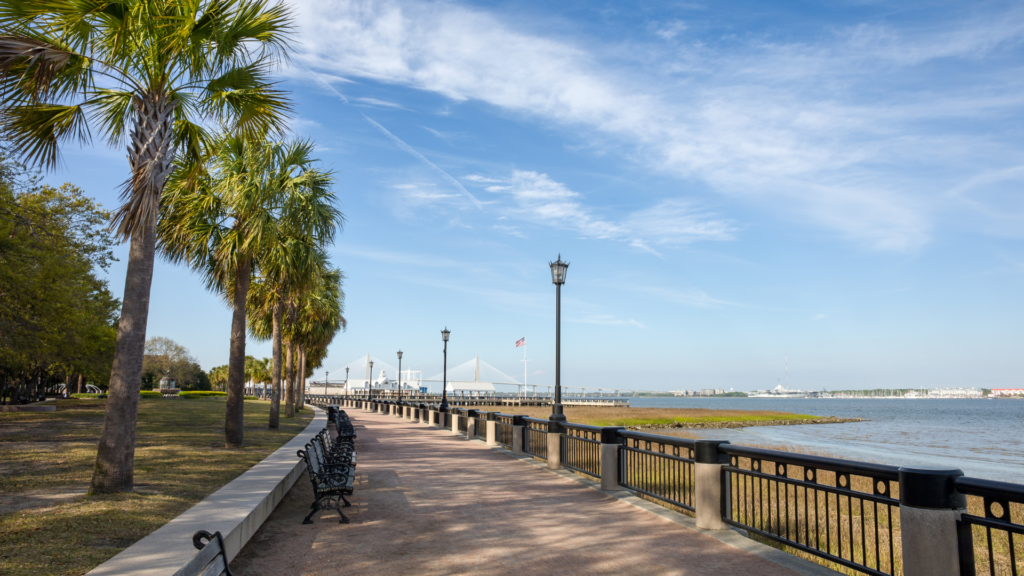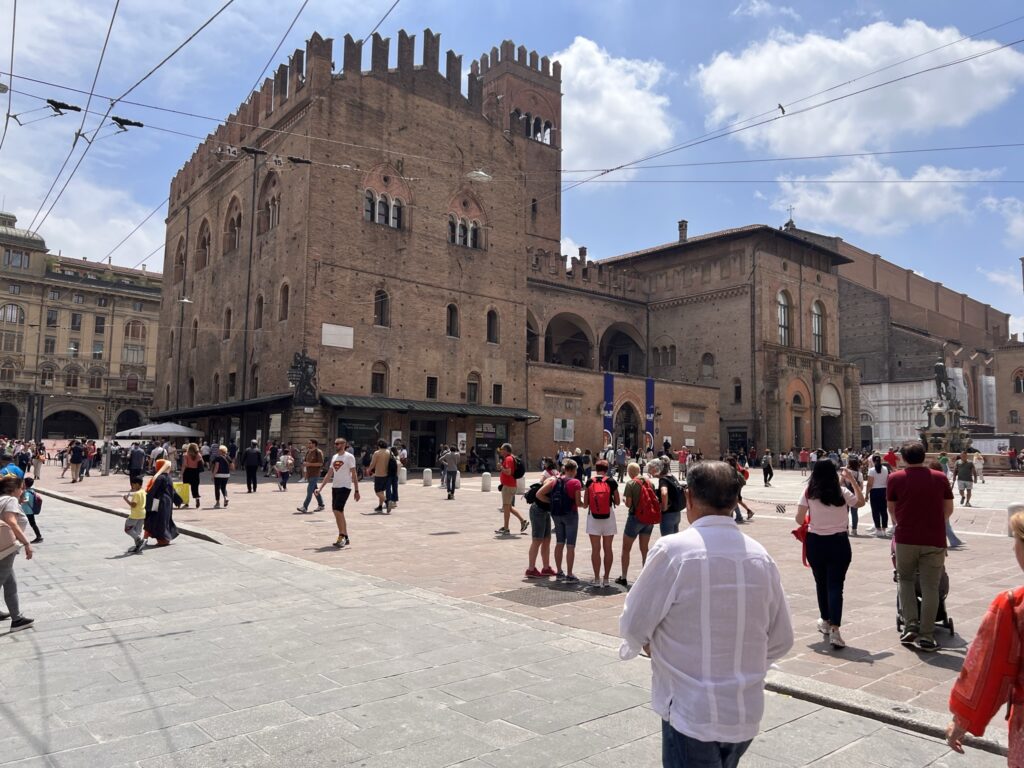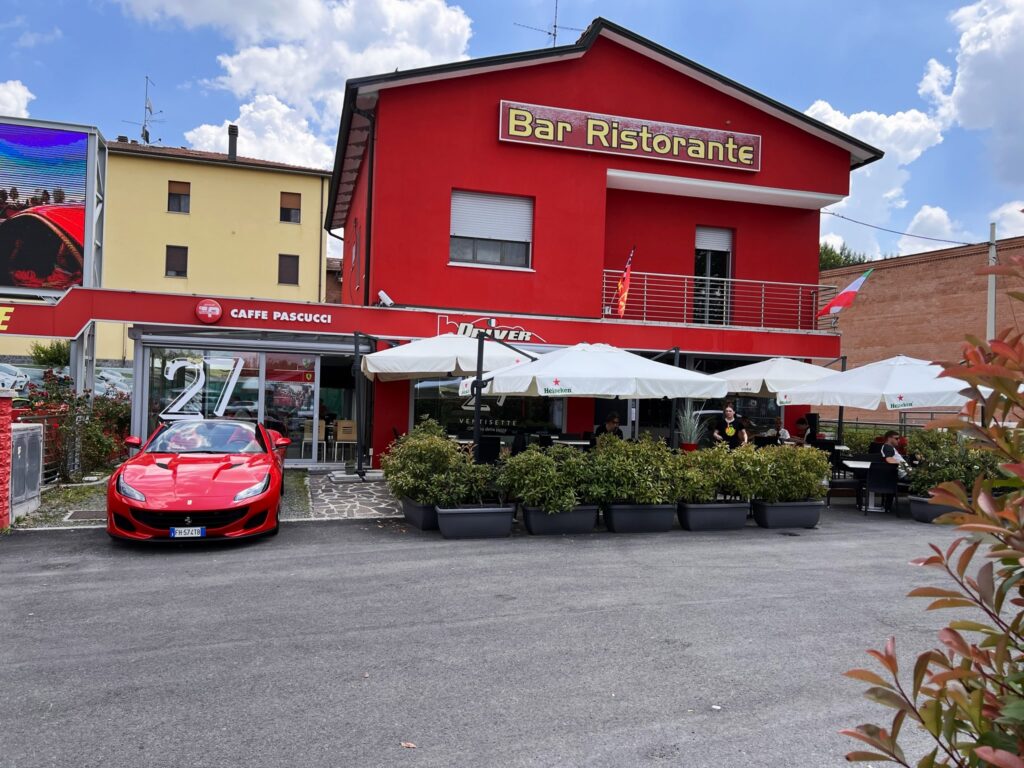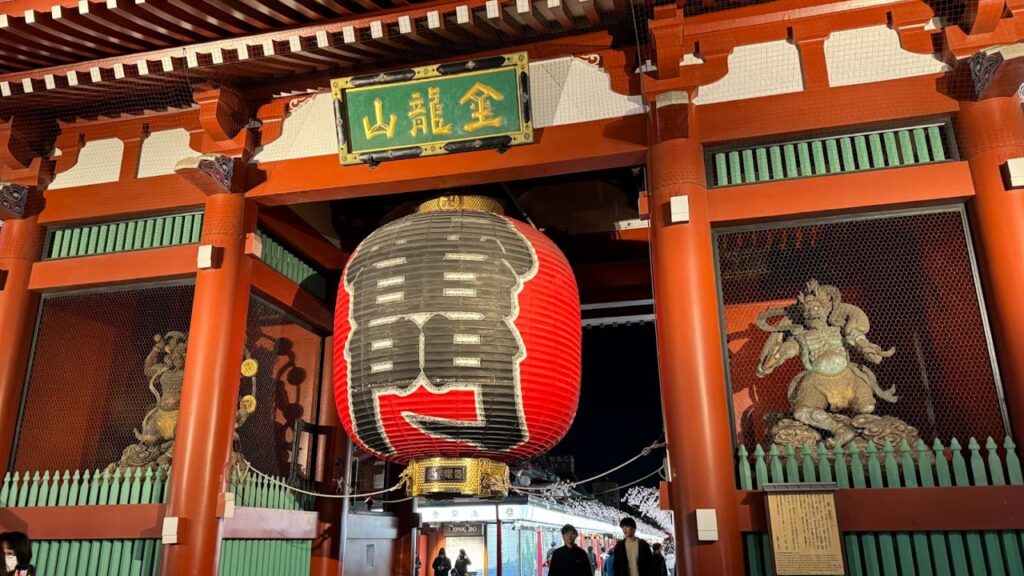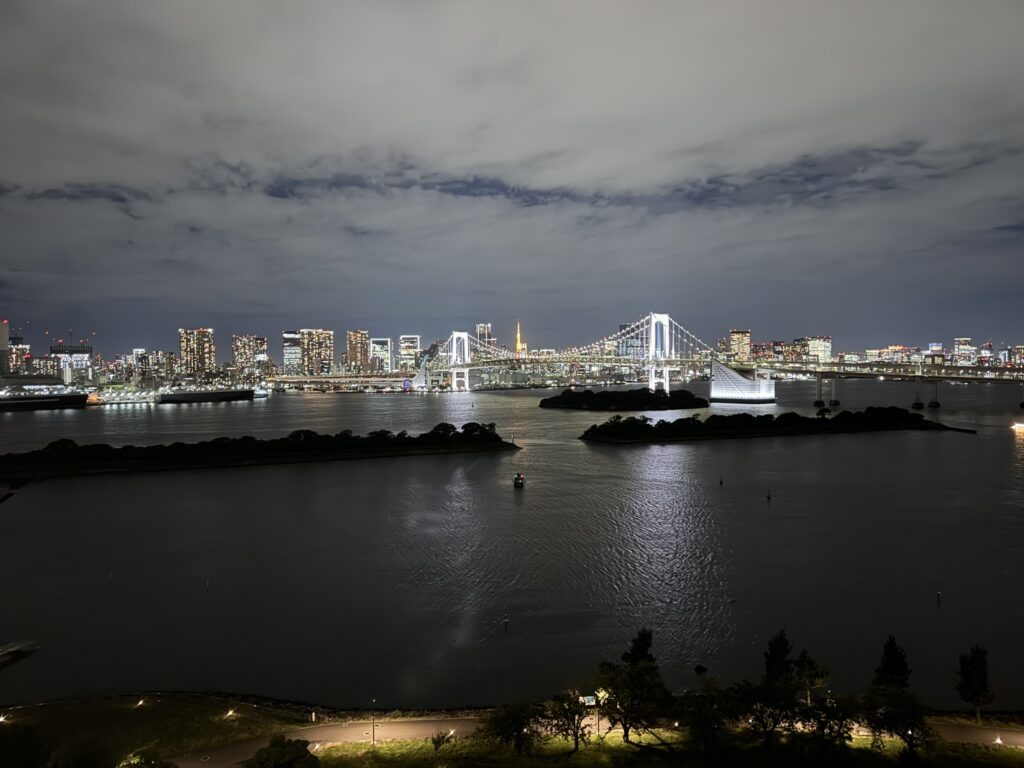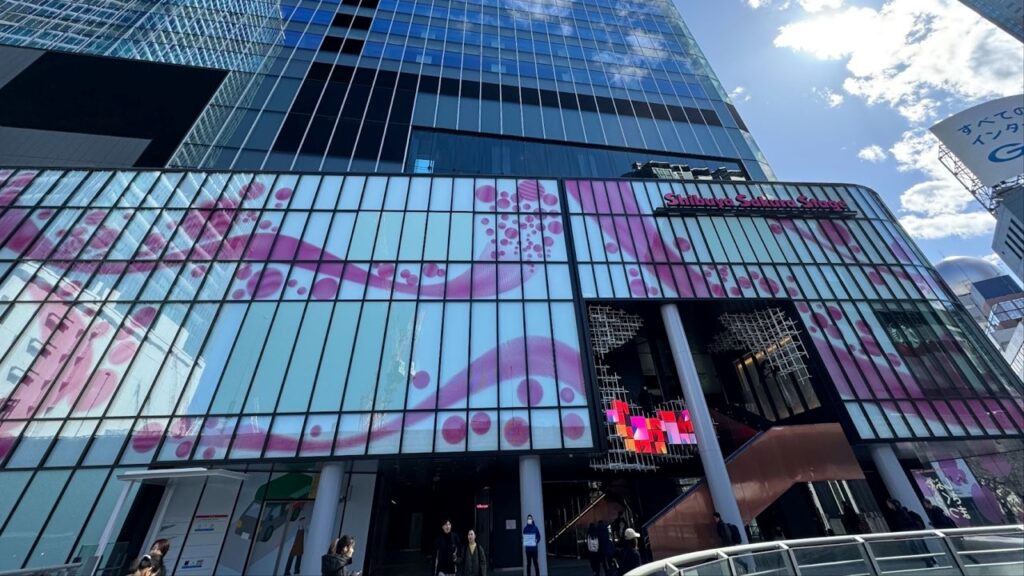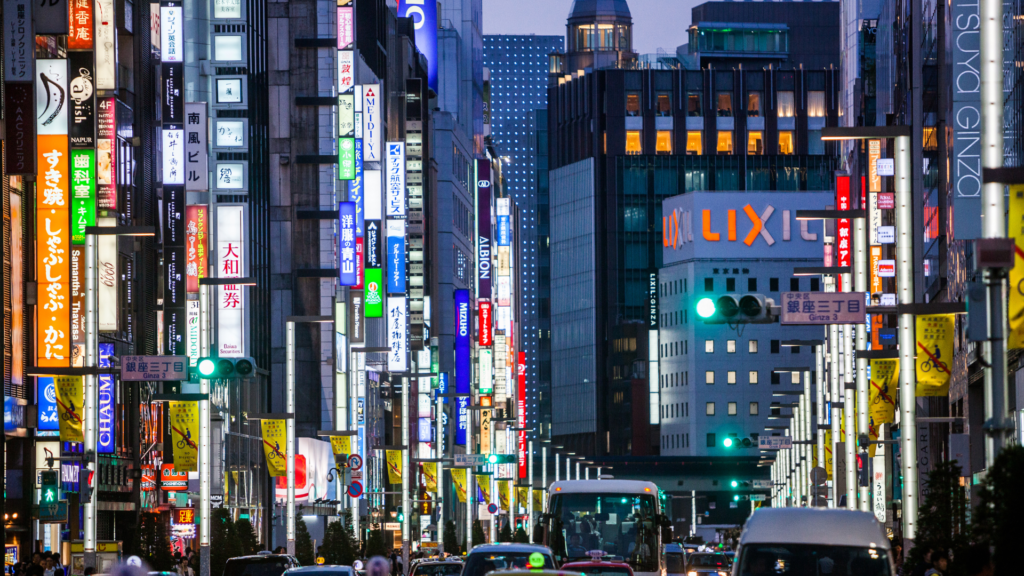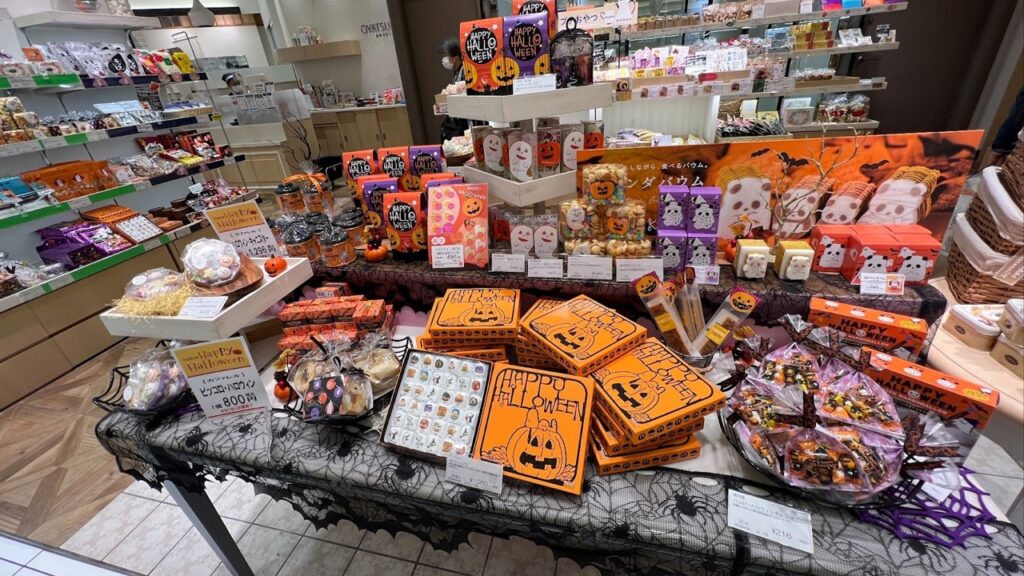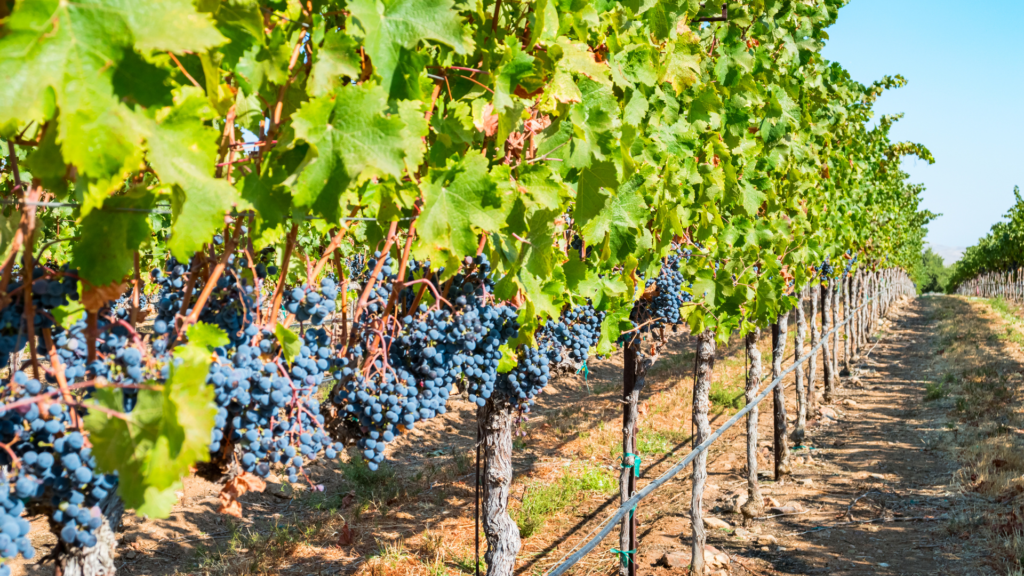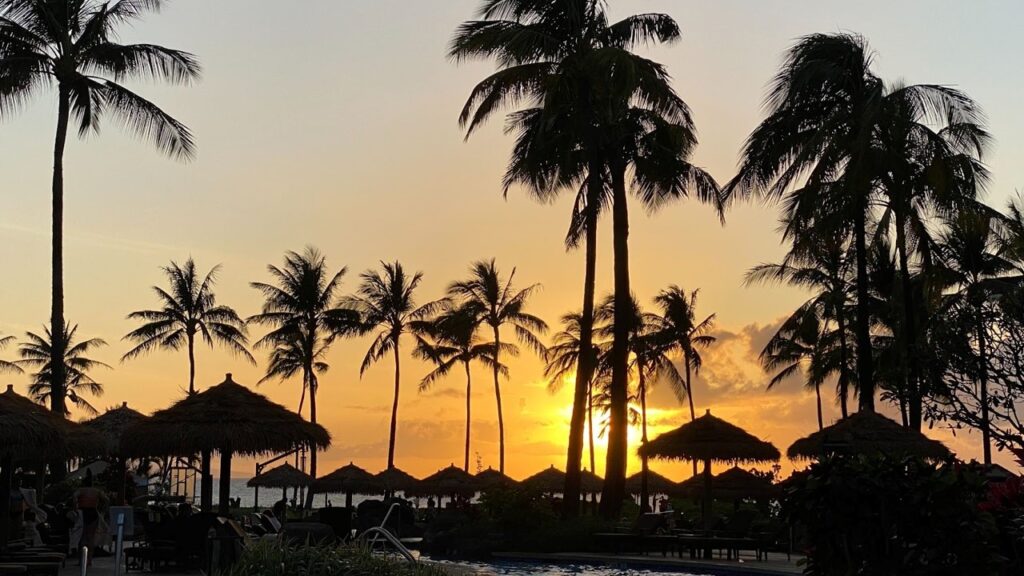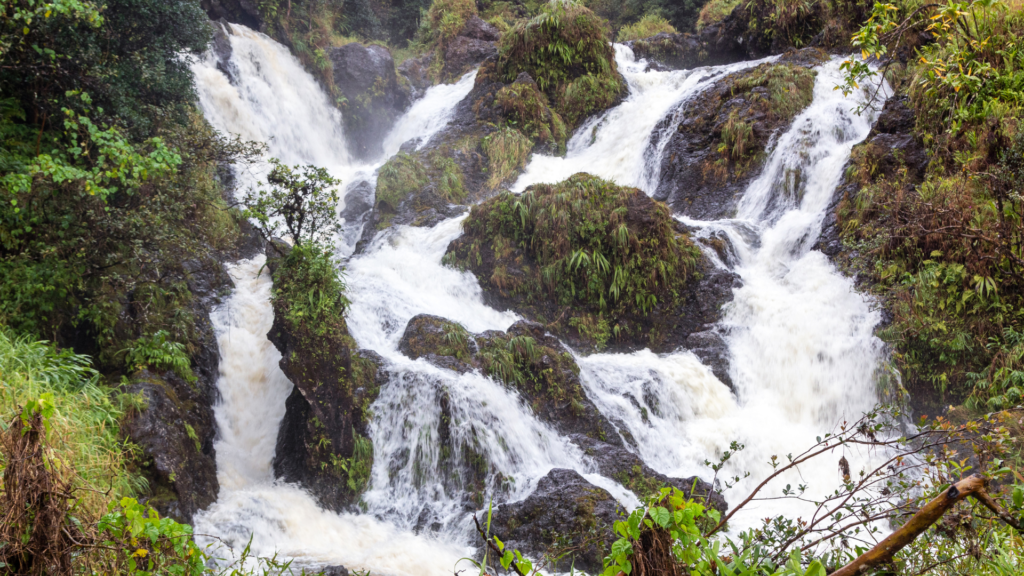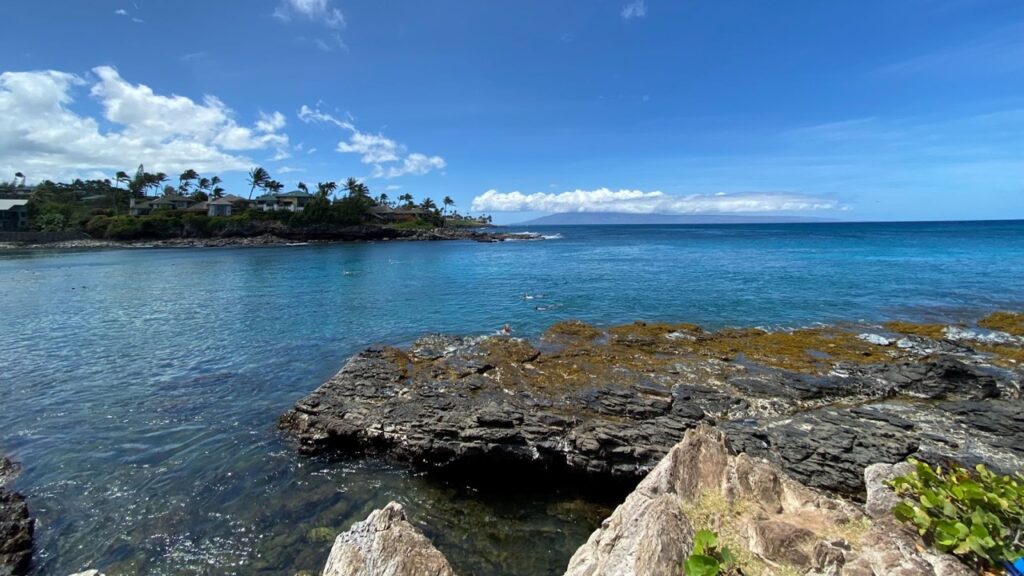Culinary and Cultural Gem: Perugia Italy
Perugia, the capital of Italy’s Umbria region, is a hilltop city known for its rich history, medieval architecture, and incredible culinary scene. Famous for its chocolate, Perugia is home to the Perugina Chocolate Factory and hosts the annual Eurochocolate Festival. This guide offers the ultimate itinerary to experience the best of Perugia in one day, from cultural landmarks and delicious food spots to practical tips on getting around.
Overview of Perugia: Culture and Culinary Significance
Perugia is a city steeped in history, with roots dating back to the Etruscans. Its walls, narrow streets, and ancient structures reflect the layers of civilizations that have influenced it over the centuries. Known for its vibrant art and university scene, Perugia attracts students and travelers alike who come to immerse themselves in its unique blend of culture and modernity. On the culinary side, Perugia is famous for its chocolate, specifically Perugina Baci, and offers traditional Umbrian dishes like torta al testo and tagliatelle al tartufo (truffle pasta), making it a must-visit for food lovers.

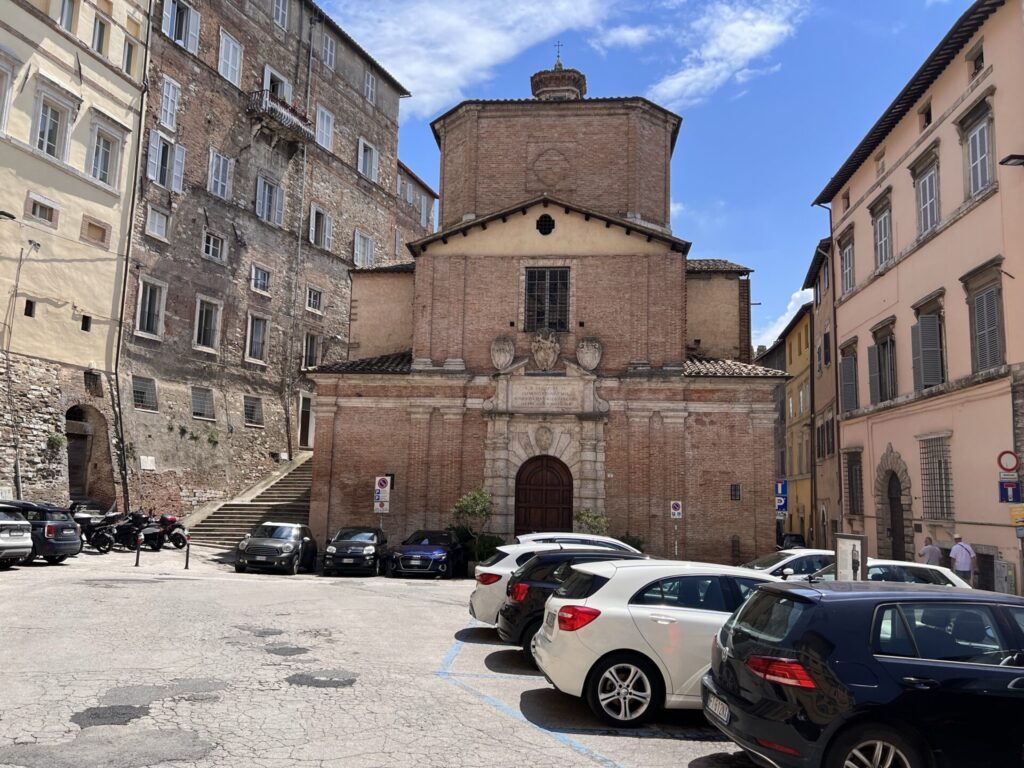
Morning Itinerary: Exploring Historic Perugia
Begin your day in Perugia by wandering through its historic center, rich with picturesque sights and morning cafes.
Coffee at Caffè di Perugia
Start off your day with a cappuccino at Caffè di Perugia. Enjoy a pastry with your coffee and take in the views over the city from this charming café. Located near the main square, it’s an ideal starting point for your morning of exploration.
Rocca Paolina
After coffee, head to Rocca Paolina, a fortress built in the 16th century. Rocca Paolina offers a fascinating glimpse into the past and is a must-see for history enthusiasts.
Afternoon Itinerary: Culture and Lunch at Piazza della Repubblica
As the day progresses, enjoy Perugia’s bustling squares and art-filled streets.
Palazzo dei Priori and Galleria Nazionale dell’Umbria
Next, visit the Palazzo dei Priori, a grand palace and one of Perugia’s most iconic buildings. Here, you’ll find the Galleria Nazionale dell’Umbria, home to an impressive collection of Umbrian art, including works by artists like Pietro Vannucci (Perugino) and Pinturicchio. Art lovers will appreciate the variety of Renaissance paintings and sculptures that capture the spirit of the region.

Lunch at Piazza della Repubblica
For lunch, head to Piazza della Repubblica, a lively square where you’ll find several dining options. Ristorante La Taverna is a top choice for a traditional Umbrian lunch, featuring dishes like umbricelli pasta with truffle sauce. Another excellent option is Osteria a Priori, where you can sample local cheeses, cured meats, and panzanella (bread salad) on a shaded patio.
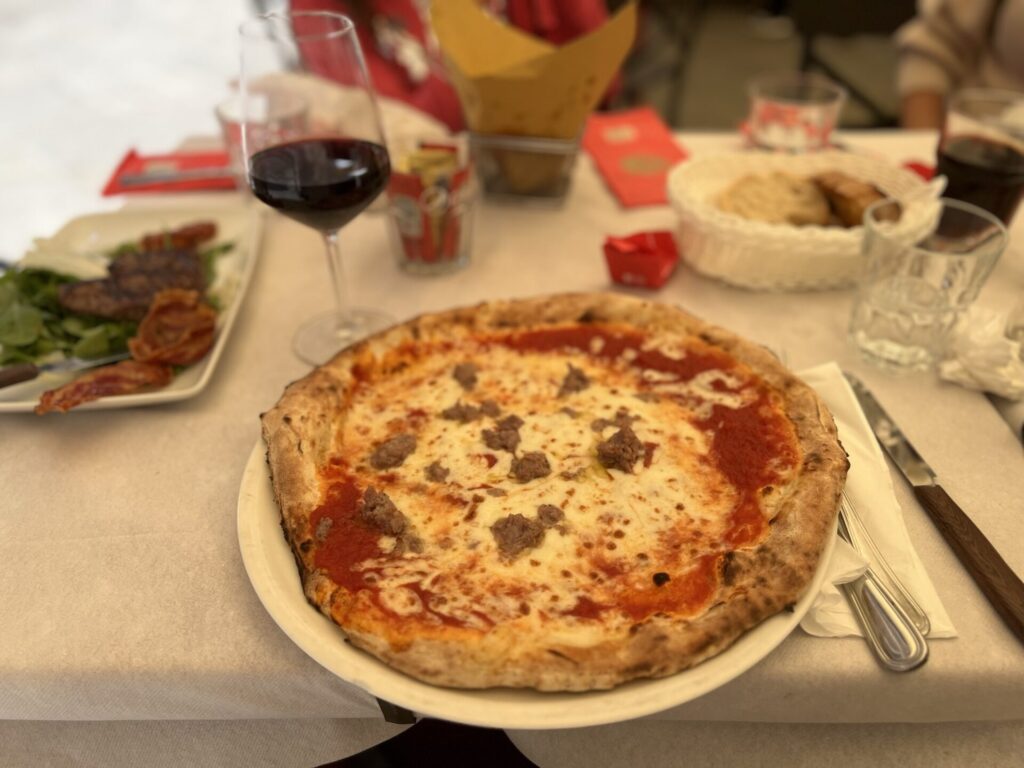
Evening Itinerary: Sunset Views and a Relaxing Dinner
As evening sets in, explore Perugia’s scenic viewpoints and savor a relaxing dinner.
Views from Porta Sole
Make your way to Porta Sole, Perugia’s highest point, for stunning views of the Umbrian countryside at sunset. This spot is ideal for taking photos and soaking in the city’s romantic ambiance.
Dinner at Il Cantinone
End your day with dinner at Il Cantinone, a charming restaurant that serves classic Italian dishes with a modern twist. Enjoy specialties like gnocchi al sagrantino (gnocchi with Sagrantino wine sauce) and brasato al vino rosso (braised beef in red wine). With its cozy ambiance and attentive service, Il Cantinone offers a memorable dining experience in the heart of Perugia.
Getting Around in Perugia
Perugia’s compact historic center is best explored on foot, with most major attractions within walking distance. For longer distances or if you’re short on time, the Minimetrò, a convenient and eco-friendly transport option, connects parts of the city center. Public buses and taxis are also available, though navigating Perugia’s narrow, medieval streets is most enjoyable on foot.
What to Expect in Perugia
Italian Phrases to Know
While many people in Perugia speak English, especially in tourist areas, it’s always appreciated when visitors try to speak a little Italian. Here are a few helpful phrases to use during your visit:
- Buongiorno (Good morning)
- Per favore (Please)
- Grazie (Thank you)
- Dov’è… (Where is…)
- Vorrei ordinare… (I would like to order…)
- Il conto, per favore (The check, please)
Currency and ATMs
The local currency is the Euro (€), and ATMs are readily available, especially around the city center. Credit cards are widely accepted, but it’s wise to carry some cash for small purchases and cafes.
Climate
Perugia has a mild Mediterranean climate. Spring (April-May) and fall (September-October) are the best times to visit, with pleasant temperatures and fewer tourists. Summers can be hot, with temperatures reaching the high 80s°F (around 30°C), while winters are cooler but rarely drop below freezing.

Perugia Italy FAQs
Is Perugia a good day trip from Rome or Florence?
Yes, Perugia is easily accessible by train from both Rome and Florence, making it an excellent day trip destination for travelers exploring Central Italy.
What should I wear when visiting Perugia?
Perugia’s cobblestone streets can be steep, so wear comfortable walking shoes. Light, breathable clothing is recommended in summer, while a jacket is advisable in the cooler months.
Are there English-speaking guides in Perugia?
Yes, many tour companies offer English-speaking guides for city tours, museum visits, and food experiences in Perugia. Booking in advance is recommended.
What are the top souvenirs to bring back from Perugia?
Perugina chocolates, local wines, truffle-based products, and ceramics are popular souvenirs that capture the spirit of Perugia.
Can I visit Perugina Chocolate Factory in Perugia?
Yes! Located just outside the city, the Perugina Chocolate Factory offers tours and tastings, allowing visitors to see how their famous Baci chocolates are made.
Perugia Italy – Final Thoughts
A day trip to Perugia offers a wonderful mix of history, art, and culinary delights. From exploring ancient fortresses and admiring Renaissance art to tasting local dishes and chocolates, Perugia captures the essence of Umbria in every corner. Whether you’re an art enthusiast, foodie, or history lover, Perugia promises an unforgettable experience in the heart of Italy.
Related blogs: The Ultimate One-Day Itinerary for Exploring Turin Italy, Uncover Italy’s Best: 4 Must-Visit Tuscan Wineries, One Perfect Day in Parma Italy, Bologna Italy: Your Ultimate Day Trip Itinerary, and Mastering Italian Culinary Excellence in Tuscany
Be sure to check out our Destinations and Italy pages for more information on planning your next visit to Italy.
Planning a trip soon? Our blogs include our affiliate links. Using our affiliate links won’t increase your costs in anyway, but it will earn us a small token of gratitude from the company for directing you their way. We only recommend products and services we truly like and trust. This helps us to keep our website and content free for all our readers – thank you!























